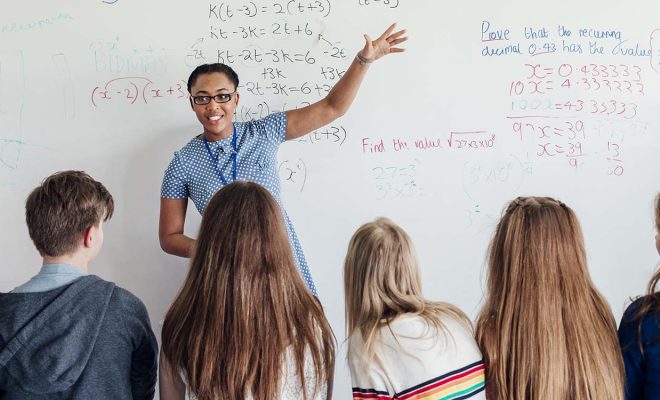Activities to Teach Students to Identify Multiplication Sentences for Equal Groups

Several activities can help students in identifying multiplication sentences for equal groups. When students accurately identify multiplication sentences, they are better equipped to solve multiplication problems and understand the concept of multiplication. Here are some activities you can use to teach students to identify multiplication sentences for equal groups.
1. Games and Puzzles
Games and puzzles can be an interactive way to introduce multiplication sentences for equal groups. Activities like “Multiplication Bingo” or “Multiplication Memory Match” can be engaging and help students learn how to identify multiplication sentences quickly. Puzzles can also be useful in teaching the concept. For instance, you can provide students with a jigsaw puzzle that has equal group pictures they have to identify before solving the puzzle.
2. Visuals
Visuals are an effective way to help students grasp the concept of multiplication. If possible, use real-life examples to demonstrate equal groups. For instance, use toy cars or fruits to create equal groups and ask students to identify how many sets of equal groups they have. This approach helps students understand that multiplication means adding up equal groups.
3. Arrays and Grids
Another method is using arrays and grids. Draw a grid on the board or use easy online tools and have students fill in the boxes with the same number of objects. For example, draw a grid with six by six boxes and instruct students to fill each box with one object. This gives them a visual representation of six equal groups of six, which is equal to 36.
4. Story Problems
Create story problems using multiplication sentences and encourage students to solve them. These problems can be formulated based on real-world situations so that students can understand the relevance of multiplication in everyday life. Present the story problem as a scenario and ask students to solve using multiplication sentences. This activity can help them see multiplication as a tool for solving real problems.
5. Manipulatives
Using manipulatives can also be helpful in teaching multiplication sentences for equal groups. Items like beads, counters or buttons can be useful for creating equal groups. Ask students to form groups with the same number of items and then identify how many groups they have. This way, they can get hands-on experience identifying multiplication sentences and work on their counting skills.
In conclusion, there are several fun and effective activities you can use to teach students to identify multiplication sentences for equal groups. These activities will help students understand multiplication more easily and give them the confidence to solve more complex problems.

